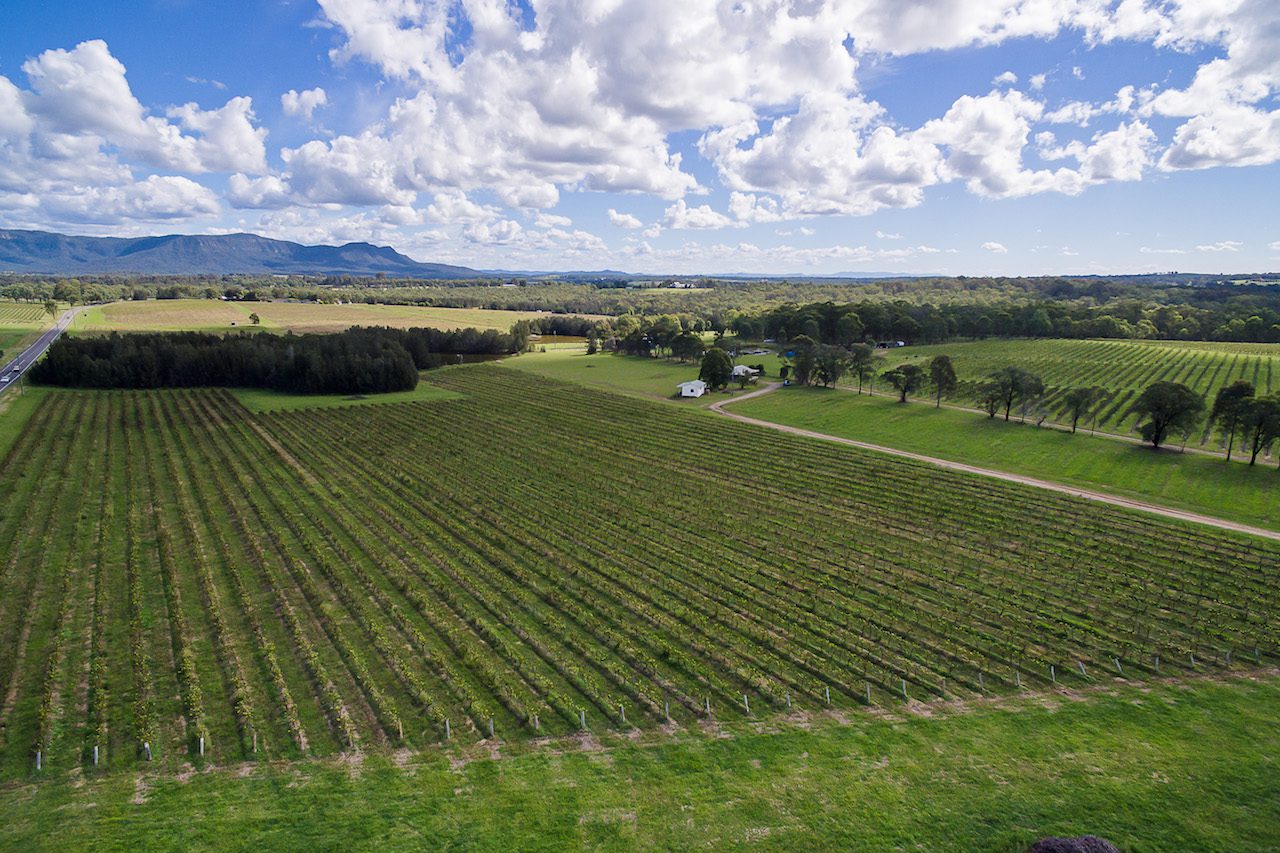
Keith Tulloch Wine is the first winery in the Hunter Valley to be certified carbon neutral and is only the second winery in the country to be certified by the Australian Government.
The other winery is Ross Hill Wines in Orange.
Keith Tulloch Wine and every bottle that it produces is now certified carbon neutral under the National Carbon Offset Standard (NCOS). Carbon neutral means that Keith Tulloch Wine’s net greenhouse gas emissions equals zero, from grape to glass.
Keith and the family made the decision to become carbon neutral last year, after successive vintages of unprecedented temperatures and noticeable long-term changes in the annual cycle of grapevine growth.
“These factors are a clear and present threat to agriculture in Australia. While this is only a small piece in the global emissions picture, the family feels it is essential that we do our part and make sustainability a central part of the agribusiness,” says Keith Tulloch.
“Viticulture and winemaking are inherently linked to the land and the climate, so we have a deep connection to the natural world that we live and work in. Climate change is affecting us now – by drinking wine that is carbon neutral people can take climate action while still enjoying the finer things in life, guilt free.”
Certified carbon neutral wines will be available from the tasting room and online from September.
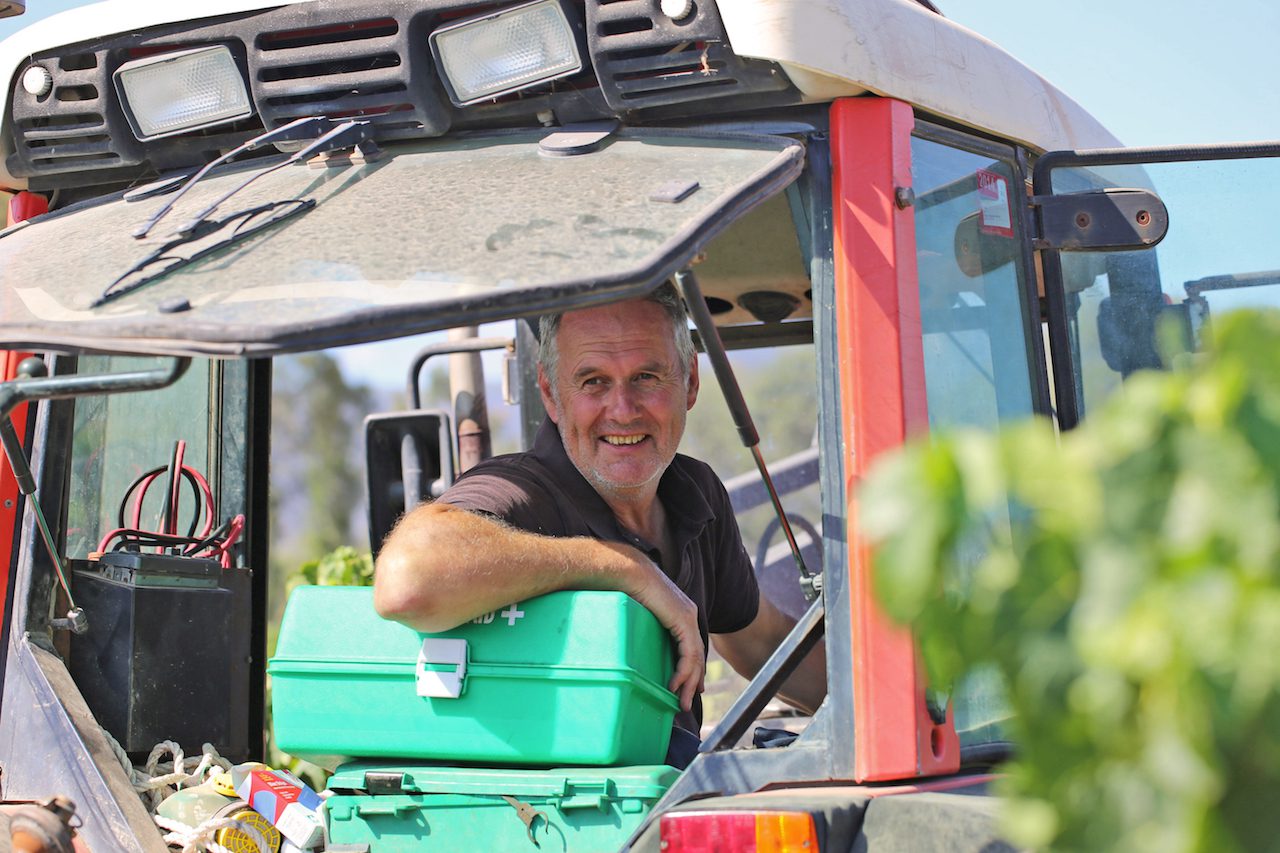
The NCOS certification is managed by the Australian Government’s Department of Environment & Energy, which upholds the very highest standards of reporting and auditing – this is the only government endorsed program for carbon neutrality in Australia.
Keith Tulloch Wine is now certified for the organisation (the vineyard and winery operation) as well as a separate certification for the wine product. This is important because the product certification includes the entire lifecycle – the carbon pollution produced by the production of the bottle and cap, of the labels, boxes, transport, growing the grapes, making the wine and everything in between has been measured, audited and offset.
Some emissions are unavoidable using current technology, so when they are generated we purchase offsets from a strictly controlled list that the Department of Energy & Environment provides; this system guarantees that the credits are being applied to projects that genuinely reduce greenhouse gas emissions. We have offset our emissions through clean energy projects, building solar photovoltaic generation in India that replaces the need for coal-fired power.
The Department of Energy & Environment requires organisations involved in the scheme to show how they are reducing emissions, rather than simply offsetting. We have taken and are currently investing in additional measures to reduce our greenhouse gas emissions, including:
- Changing our waste mix to maximise paper, cardboard, aluminium and plastic recycling.
- Changing single-use plastics to biodegradable or recyclable alternatives.
- Installing efficient plumbed CO2 lines for wine storage, minimising CO2 waste.
- Purchase of an electric forklift to be charged with solar power, reducing LPG use.
- New winery and irrigation processes and fittings to make water use more efficient.
- Using only organic fertiliser in the vineyard such as chicken manure and thereforeavoiding chemical fertilisers.
- Growing winter cover crops in the vineyard midrows that fix nitrogen and carbon in the soil.
- Using mulch and sidethrow slashing under vine to maximise moisture retention in the vineyard, saving water.
- Upgrading the waste water system to recycle ‘grey water’ and return it to the parks and gardens.
- Upgrading lights to highly efficient LEDs.
- Upgrading to more efficient refrigeration.
- Localising production – no fruit is delivered from out of the local Hunter region.
- Reducing transport emissions through carpooling.
- Tracking and reporting sustainability metrics through the Australian Wine Research Institute’s ENTWINE program.
- Changing bottles to lightweight glass.
- Purchase of a 65kw solar array, providing a vast majority of our power needs (installation ongoing).
- Keeping more bottled wine stock in our own on-site warehouse, reducing transport emissions. This will produce further CO2 savings after completion of the solar array.
“Sustainability is a key part of our grapegrowing and winemaking,” Keith Tulloch says.
“When we establish vineyards, it requires us to think of 50 and 100 year timeframes, which are well within the lifespan of the vines themselves; we don’t take for granted either the work done by pioneering generations of Hunter Valley viticulturists who established vineyards that we own and source fruit from in the 1920’s, 1940’s, 1950’s, 1960’s and 1970’s. Working with these vineyards helps us recognise the importance of sustainable agriculture.”
Keith may be a fourth-generation grapegrower and winemaker, but rather than being focused on the past, he and the family are looking forward.
“We made the decision to become a carbon neutral winery and vineyard given the future climate change and damage that we will face if carbon emissions are not reigned in, as Australian grapegrowers have witnessed gradual but undeniable changes to the annual growing cycle of our vines due to warming,” he says.
“Sustainability in viticulture relies not only on how we care for a vineyard itself, but also how we care for the environment. We have invested in a new solar array that will provide a majority of our power needs and have offset unavoidable emissions through funding renewable energy projects; we hope that this certification will help people who enjoy our wines know that their next glass is guaranteed to be environmentally friendly.”





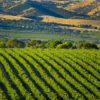




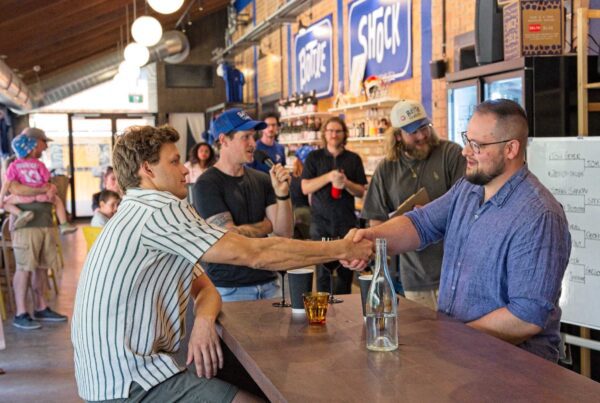
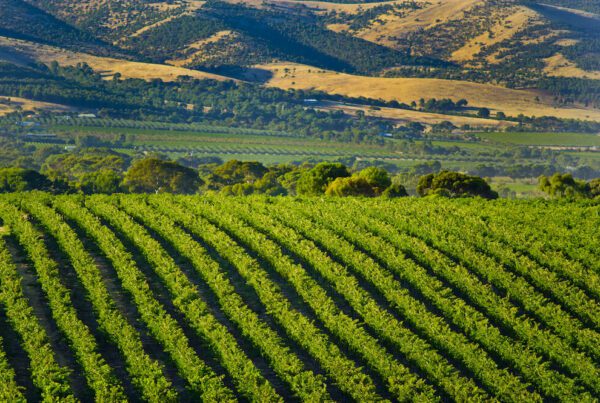
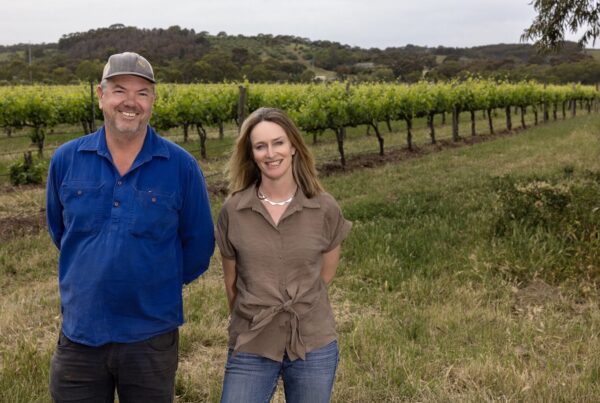
Recent Comments